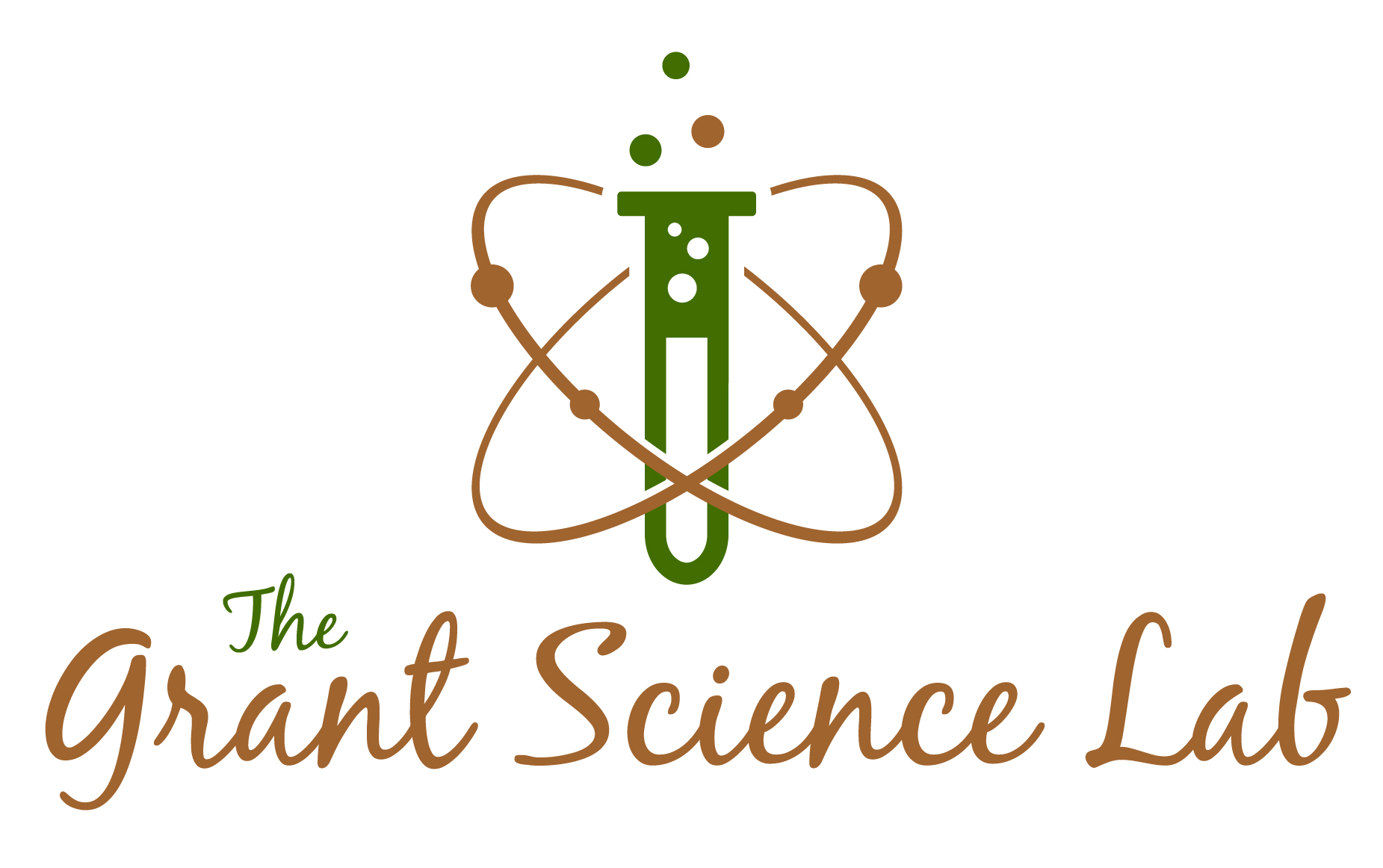Science Storytelling: Beginning a Story
Opening sentences matter. Today is DNA day. Sixty-one years ago a letter to Nature began,
We wish to suggest a structure for the salt of deoxyribose nucleic acid (D.N.A.). This structure has novel features which are of considerable biological interest.”
As opening sentences go, these two sentences are not as memorable as the examples below and many others from literature that draw a reader into a great story.
Call me Ishmael.
It is a truth universally acknowledged…
Happy families are all alike…
Tell me, O Muse, of the man of many devices…
In the beginning was the Word…”
Yet, they serve the same purpose. That purpose was to draw a knowledgeable scientific reader at the time into a story about the structure of DNA. Anyone working in what we now call molecular biology sixty or more years ago would have known the latest information and the controversies surrounding the research on nucleic acids. Watson and Crick don’t give away much information, but they layer the information in a step-like fashion, drawing the reader into the larger story. The reader learns these three things before Watson and Crick even begin to discuss the new proposed structure:
1. The paper is about the structure of DNA.
2. The proposed structure has novel features.
3. The novel features have biological interest.
Then, the second paragraph begins, “A structure for nucleic acid has already been proposed by Pauling and Corey.” Three sentences in and the reader is hooked and wants to know what Watson and Crick are proposing. They tell a good story backed up by Rosalind Franklin’s data and their structural model. Such a story and the compelling data convinced the scientific community that the double helix model of DNA was the correct one. The ability to tell engaging research stories from the beginning that compel a reviewer to read more gets a working scientist funded and published. Science is full of compelling and engaging stories. They need to be found and well told to the right audience. The introduction of a compelling earlier work begins,
When on board the H.M.S. ‘Beagle’ as naturalist, I was much struck with certain facts in the distribution of the inhabitants of South America, and in the geological relations of the present to the past inhabitants of that continent.”
That work, On the Origin of Species, coupled with the seminal paper on the structure of DNA and all those that followed changed biology forever.
